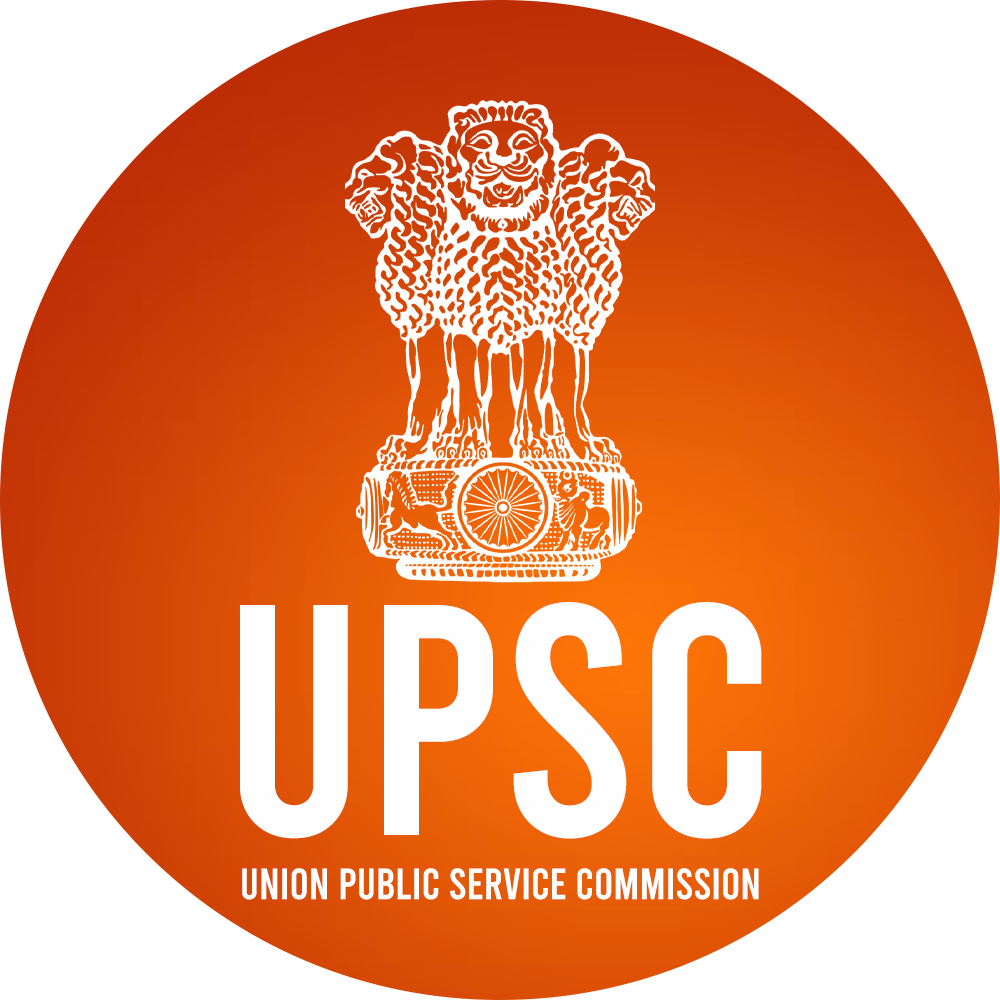Raas festival is celebrated across Assam in various locations.
Raas Utsav:
- Annual festival held on the full moon day in October-November (Kaati Aghoon Maah) during autumn.
- Celebrates the divine dance of Lord Krishna with the Gopis.
Origin of Raas Lila in Assam:
- Rooted in Shree Krishna’s Ras Lila, with unique Assamese characteristics.
- Associated with Srimanta Sankardeva’s Neo-Vaishnavism influence in the 15th-16th century.
Festival Narrative:
- Covers Krishna’s birth, upbringing, cowherding in Gokula, and youth adventures.
Musical Elements:
- Features Assamese instruments, music, dance, masks, and paintings.
Duration:
- Spans 4-5 days, attracting large numbers of visitors, especially to Majuli Island.
Historical Development:
- First Raas Leela at Dakhinpat Sattra in 1840.
- Transformed into a stage performance by Pitambardeva Goswami in 1934, with female participation allowed from 1950.
Prominent Celebration Locations in Assam:
- Majuli Island: Known for grand, spiritually rich Raas celebrations.
- Barpeta: Vibrant celebrations at the Barpeta Satra.
- Nalbari: Known for theatrical performances.
- Tezpur: Blends artistic and devotional depth.
- Guwahati: Mixes traditional and modern elements.
- Dhubri: Unique blend of cultural diversity at the Gurdwara of Guru Teg Bahadur.
Significance of Raas Utsav:
- Cultural Preservation: Keeps Krishna’s life stories alive.
- Women’s Participation: Symbolizes progress toward gender equality.
- Cultural Impact: Especially significant in Majuli; celebrated in many villages.
- Community Engagement: Residents actively participate in hosting and organizing.
Socio-Economic Impact
- Employment Generation: Jobs for dancers, musicians, costume designers.
- Tourism Boost: Benefits hotels, restaurants, and local vendors.
- Retail and Logistics: Increased sales for local markets; demand for event management.
Raas Mahotsav blends culture with economic benefits, strengthening Assam’s socio-economic fabric and promoting cultural heritage.






